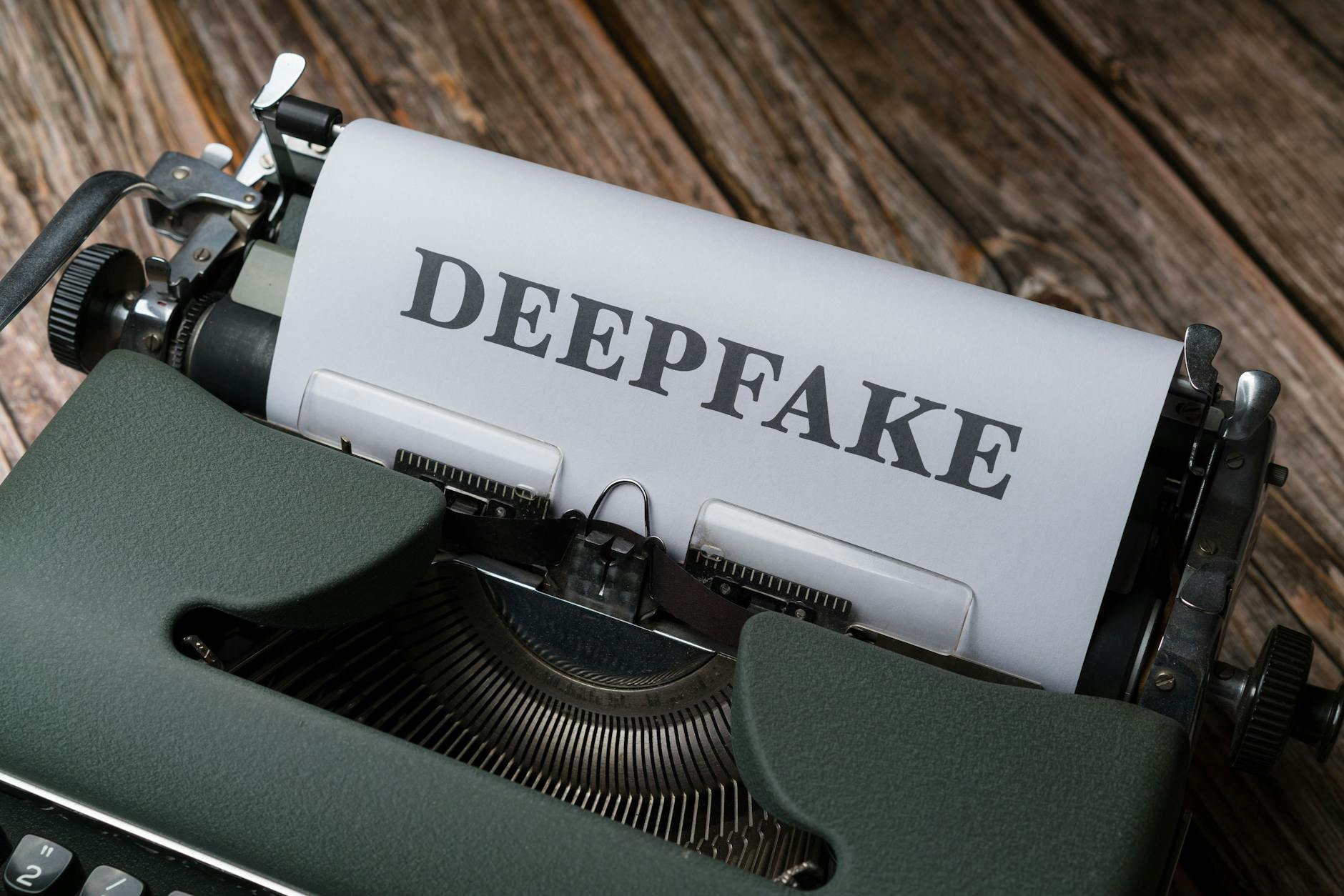With the rise of advanced technology, deepfake videos have become more prevalent in the digital world, making it challenging to distinguish between what’s real and what’s not. These manipulated videos use artificial intelligence to superimpose someone’s face onto another person’s body, creating a convincing but entirely fabricated piece of content. In this essential guide, we will explore tips and tools that can help you detect deepfakes and protect yourself from their potentially harmful consequences.
Understanding Deepfakes
Before we delve into the tips and tools for detecting deepfakes, it’s crucial to understand how they are created. Deepfakes are generated using deep learning algorithms that analyze and manipulate audio and visuals to create realistic but fake content. These videos can be used to spread misinformation, defame individuals, or deceive the public. Detecting deepfakes requires a combination of vigilance, critical thinking, and the use of specialized tools.
Tips for Detecting Deepfakes
1. Examine Facial and Body Movements: Pay close attention to any inconsistencies in facial expressions, eye movements, or body gestures in the video. Deepfakes may have unnatural transitions or glitches that can give them away.
2. Analyze Audio Quality: Deepfake videos often have discrepancies between the audio and video components. Listen closely for any unusual background noises, lip-sync errors, or disruptions in voice tone that could signal a manipulated recording.
3. Check for Unnatural Visual Artifacts: Look for visual artifacts such as blurring, pixelation, or mismatched lighting that are common in deepfake videos. These anomalies can indicate that the video has been digitally altered.
4. Verify the Source: Verify the source of the video and cross-reference it with other reputable sources to confirm its authenticity. Deepfake videos are often shared without context or verification, so it’s essential to be cautious when consuming online content.
5. Consult with Experts: If you suspect that a video is a deepfake, seek input from experts in the field of digital forensics or cybersecurity. They can provide insights and analysis to help you determine the legitimacy of the content.
Tools for Detecting Deepfakes
1. Deepware Scanner: Deepware Scanner is a software tool that uses artificial intelligence algorithms to detect deepfake videos. It analyzes the video’s audio and visual components to identify signs of manipulation and provide a confidence score for its authenticity.
2. Sensity AI: Sensity AI is a platform that specializes in detecting deepfake videos and online disinformation. It uses advanced image and video analysis techniques to uncover manipulated content and track its spread across the internet.
3. Deepfake Detection Challenge: The Deepfake Detection Challenge is a collaborative effort by tech companies and researchers to create and improve algorithms for detecting deepfake videos. By participating in this challenge, you can contribute to the development of more robust detection tools.
In conclusion, detecting deepfakes requires a combination of caution, critical thinking, and the use of specialized tools. By following the tips outlined in this guide and utilizing the recommended tools, you can better protect yourself from falling victim to the deceptive nature of deepfake videos. Stay informed, stay vigilant, and stay one step ahead in the fight against digital deception.



